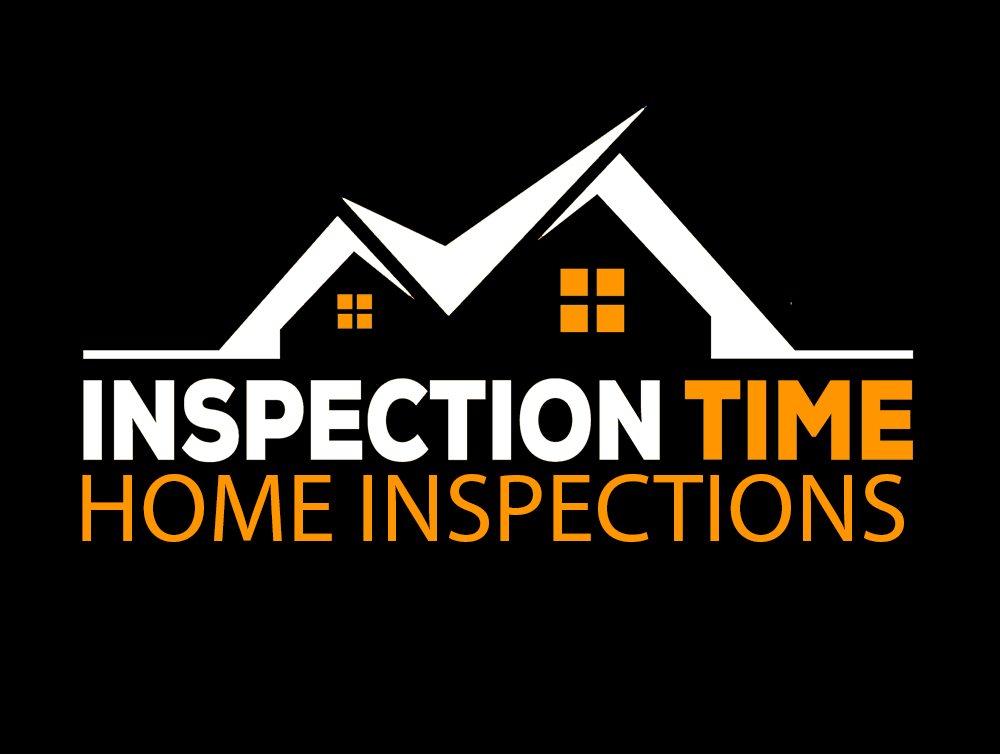During a home inspection, there are several red flags that could indicate significant issues with the property. These red flags can vary depending on the specific aspects of the home being inspected, but here are some common areas to look out for:
- Foundation Issues: Cracks in the foundation, sloping floors, and gaps around windows and doors can indicate potential foundation problems.
- Roof Problems: Missing or damaged shingles, sagging areas, signs of leaks or water damage on ceilings, and worn-out roofing materials are concerning signs.
- Mold and Water Damage: Water stains, mold growth, musty odors, and dampness in the basement or crawl spaces can be indicative of water infiltration and potential mold issues.
- Electrical Hazards: Outdated or damaged electrical systems, exposed wiring, overloaded circuits, and non-functional outlets can pose safety risks.
- Plumbing Issues: Leaks, poor water pressure, rusty pipes, and drainage problems can be signs of plumbing issues that may require costly repairs.
- HVAC System Problems: Inefficient or malfunctioning heating, ventilation, and air conditioning systems can lead to discomfort and high energy bills.
- Structural Integrity: Cracks in walls, uneven floors, and doors that don’t close properly might suggest structural problems.
- Pest Infestations: Evidence of pests like termites, rodents, or insects can lead to extensive damage if not addressed promptly.
- Safety Concerns: Lack of proper handrails on staircases, insufficient fire safety measures, and inadequate smoke and carbon monoxide detectors can jeopardize the safety of the occupants.
- Asbestos and Lead: Presence of asbestos-containing materials or lead-based paint, especially in older homes, can pose health risks if disturbed.
- Poor Insulation and Ventilation: Inadequate insulation, improper ventilation, and signs of moisture-related problems like peeling paint or condensation can affect energy efficiency and indoor air quality.
- Window and Door Issues: Windows and doors that don’t open or close properly, have broken seals, or show signs of rot can indicate maintenance and energy efficiency problems.
- Appliance and Fixture Condition: Appliances and fixtures in poor condition or not functioning properly can lead to unexpected costs for replacements or repairs.
- Radon Gas: High levels of radon gas, a radioactive gas that can seep into homes, can pose serious health risks.
- Code Violations: Any issues that violate local building codes, such as unpermitted additions or renovations, may need to be rectified.
It’s important to note that not all issues are deal-breakers. Some problems might be easily fixable, while others could warrant renegotiation of the sale price or even a decision to walk away from the deal. Hiring a qualified and experienced home inspector is crucial to help identify these red flags and provide recommendations on how to proceed.





3 comments
Alberto D. Harris
Very nice article, exactly what I needed.
Inspectiontime
Glad we could help!
Rochester Radon Mitigation
Great post! Big red flags in a home inspection include foundation cracks, roof damage, outdated or faulty wiring, plumbing leaks, mold or water damage, and HVAC system problems. These issues can be costly to fix and may impact the safety and value of the home.